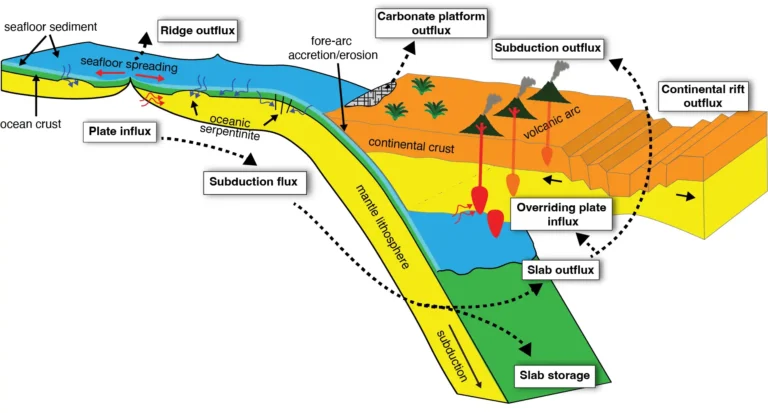
Carbon Degassing from the Earth’s Mantle: Insights and Implications
Carbon is one of the most important elements on Earth, playing a critical role in everything from the formation of life to the regulation of
Deep Carbon Cycle is no longer an active organization or initiative. This website serves solely as a historical reference and archive of its previous research, projects, and contributions to the field. The information provided here reflects the work done during its active years, but the project is no longer operational.
The carbon cycle plays a crucial role in maintaining the Earth’s climate and supporting life by regulating atmospheric carbon dioxide levels. While the short-term carbon cycle—think daily processes like photosynthesis—gets much of the attention, the deep carbon cycle unfolds over millions of years. This “deep” cycle describes the movement of carbon between the Earth’s mantle, surface, and atmosphere, affecting global climate patterns over geological timescales. Let’s dive into the deep carbon cycle and explore how it shapes the planet beneath our feet.

Carbon is one of the most important elements on Earth, playing a critical role in everything from the formation of life to the regulation of
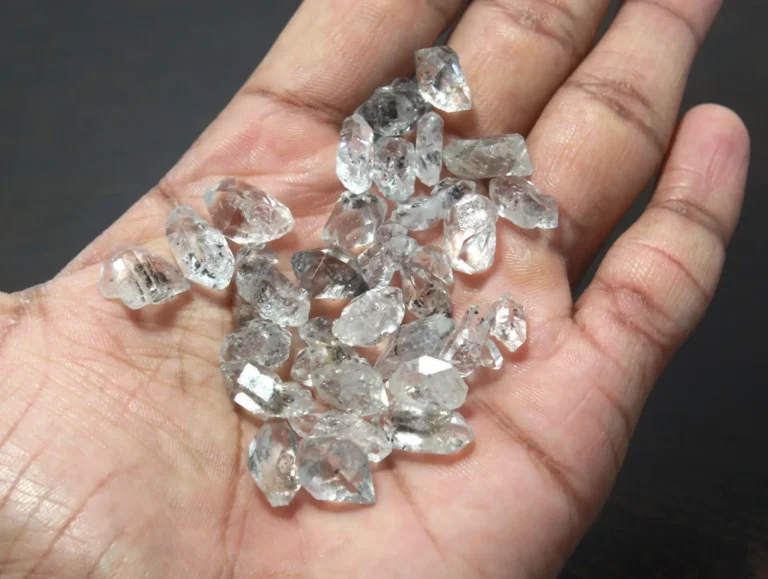
Diamonds are often seen as the epitome of luxury and beauty, but these precious gems hold much more than just aesthetic value. They offer a
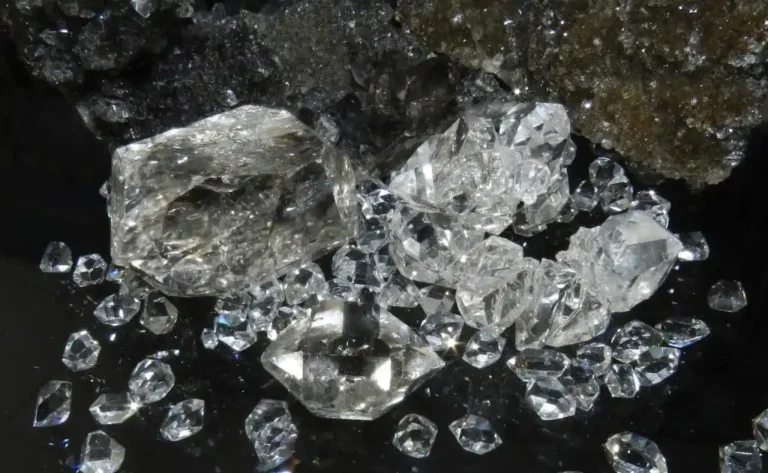
Diamonds have fascinated humans for centuries, celebrated for their beauty and rarity. Yet, beyond their allure as precious gemstones, diamonds hold the key to understanding
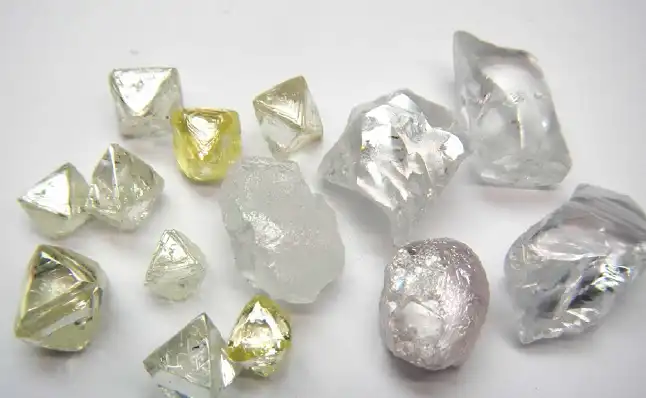
Diamonds are one of the most coveted and enigmatic substances on Earth. They’re known for their exceptional beauty and rarity, but they also hold invaluable
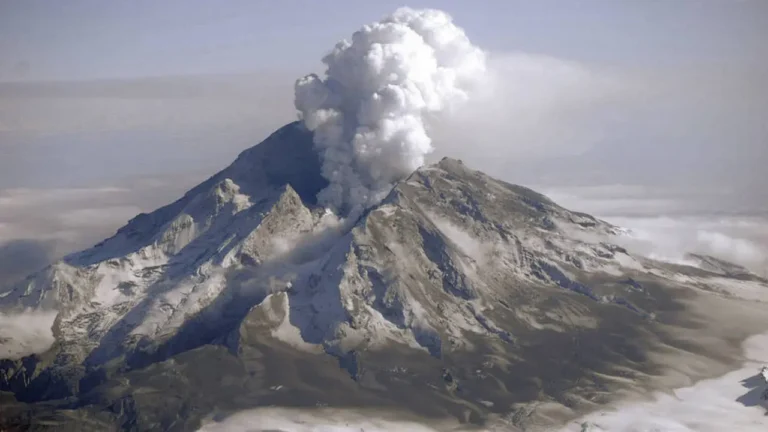
Volcanoes are more than just fiery spectacles—they play an essential role in regulating the Earth’s carbon cycle and climate. While we often think of volcanic
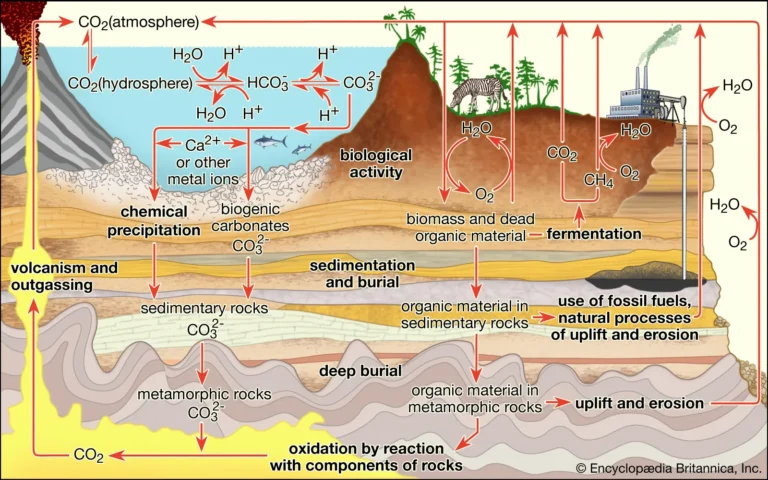
Earth is a dynamic and ever-changing planet, shaped by a variety of natural processes. While many people are familiar with surface-level phenomena like the water
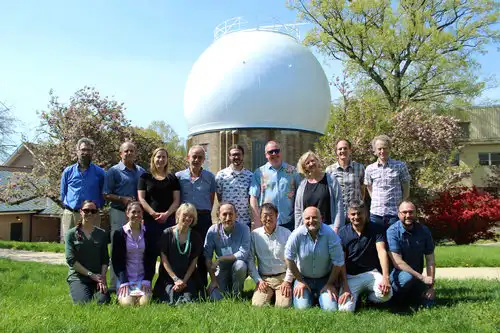
Twenty-eight DCO members came together from 29 April – 4 May, 2018 at the Carnegie Institution for Science in Washington, DC to calculate a new
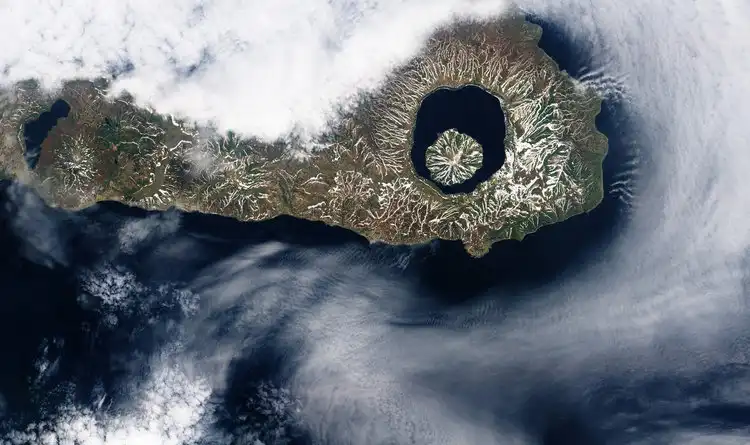
Applications were invited for a highly qualified and motivated postdoctoral research scientist with a geologic background in computational geophysical fluid dynamics, whose primary responsibility will
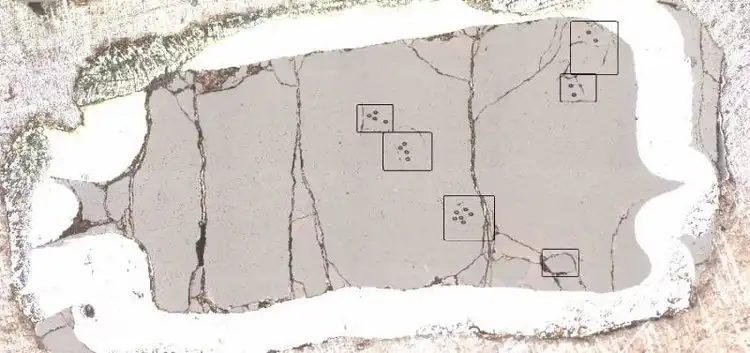
A joint study between Carnegie and the Woods Hole Oceanographic Institution has determined that the average temperature of Earth’s mantle beneath ocean basins was about

The atmosphere that allows our planet to sustain life formed from gases emitted by volcanoes early in Earth’s history. These volatile elements are constantly recycled
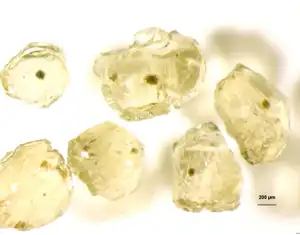
Even though carbon was one of the most abundant elements on Earth, it was actually very difficult to determine how much of it exists below
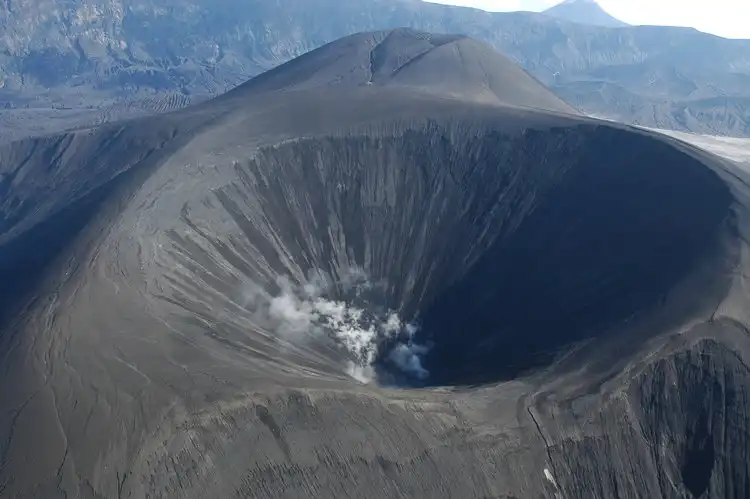
When volcanoes erupt, they spew lava, ash, and gas into the atmosphere and over the surrounding landscape. The impacts of volcanic eruptions in populated areas


© deepcarboncycle.org, 2017.
All Rights Reserved.